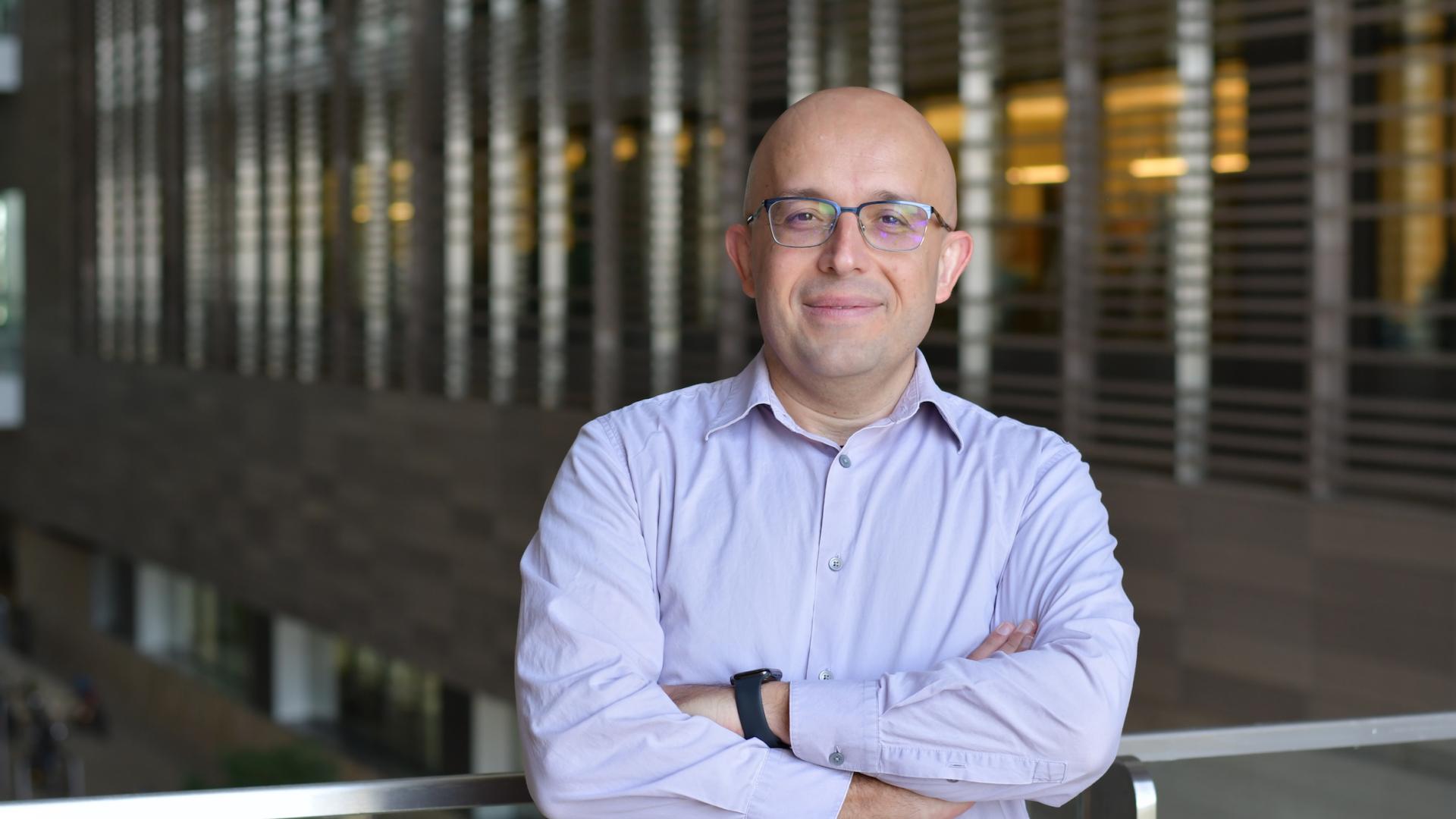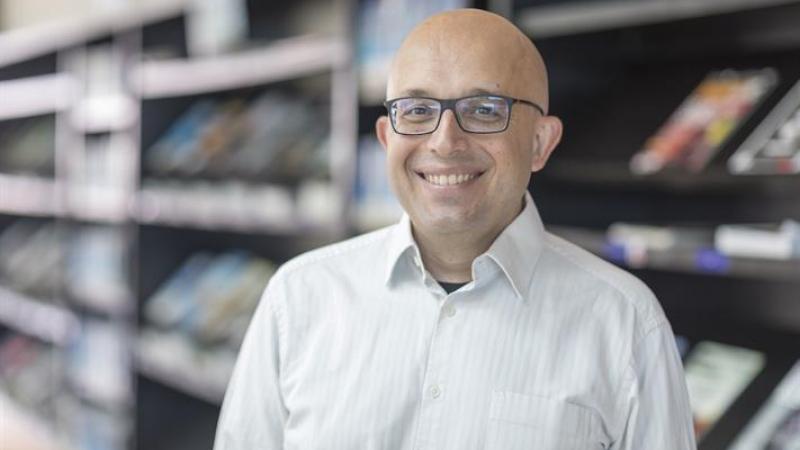By David Murphy
Hakan Bagci, KAUST associate professor of electrical engineering, was recently elevated as an Applied Computational Electromagnetics Society (ACES) Fellow for his “exceptional achievements in computational electromagnetics, including ACES publications, and extensive service to ACES.”
The ACES began as a four-day computer modeling/electromagnetics workshop in 1985 before growing into an international electromagnetic code user group for developers, analysts, and users of computational techniques applied to electromagnetic field problems. Since then, the group has evolved into a larger society that offers the ACES annual symposium, publications, benchmark problem solution workshops, short courses, software demonstrations, and other activities which serve the professional community.
“ACES is devoted to the advancement of the field of computational electromagnetics, an interdisciplinary field between electrical engineering, physics, applied mathematics, and computational sciences,” Bagci noted. “And only a small percentage of ACES members is elevated to the Fellow grade. I feel deeply honored to receive this recognition from ACES. Most of the credit goes to the past and present members of my research group at KAUST.”
Supporting the Kingdom’s electromagnetic output
Bagci’s research focuses on theoretical and applied aspects of the interdisciplinary field of computational electromagnetics (CEM). CEM fuses elements of electrical engineering, physics, applied mathematics, and computational sciences to enable the numerical design and characterization of real-life electromagnetic, optical and photonic devices and systems. CEM complements, and more importantly, allows advancements in other branches of electromagnetics, optics, and photonics that conduct experimental research.
“The numerical design and characterization of real-life electromagnetic, optical and photonic systems are challenging tasks because computation domains are very large,” Bagci explained. “The frequency of operation has an extended dynamic range. The devices are geometrically intricate, with dimensions varying by orders of magnitude, and the design process requires many simulations with different parameters.
“These requirements translate into large matrix systems with millions of unknowns to be solved for, multi-scale discretizations, and ill-conditioned equations followed by prohibitively long executions times,” he explained.
To address these challenges, Bagci’s CEM research group is developing novel efficient, accurate algorithms and numerical schemes for solving integral/differential forms of Maxwell equations—a set of four complicated equations that describe the world of electromagnetics. Bagci also acknowledged that engineering problems often involve more than one simultaneously happening physical phenomenon.
“For example, if an electrical engineer wants to design a chip, they have to know about electromagnetics, semiconductor physics, optoelectronics, and even thermal analysis. Formulating and implementing efficient and accurate numerical methods capable of simulating strongly coupled multiphysics phenomena is not trivial. My group at KAUST is looking into developing such methods."
As Saudi Arabia’s interest in producing engineering technologies grows, it has recently shifted its focus to developing novel electronic/electromagnetic devices and systems. The numerical tools developed by Bagci and his team at KAUST play an indispensable role in designing such systems. Recently, the CEM group began collaborating with KAUST Professor Shehab Ahmed’s research group on developing a wellbore integrity system that detects metal corrosion areas on wellbore casings.
“This project, which Saudi ARAMCO funds, is a perfect combination of electromagnetic simulation techniques, machine learning algorithms, and actual device prototyping. The software component processes the electromagnetic signals collected by a sensor network inside the casing to locate the metal corrosion in real-time.
“The resulting monitoring system helps increase the lifetime of wellbore casings and maintain oil production without any interruptions.”
About Professor Bagci
Bagci received his bachelor’s degree in electrical and electronics engineering from Bilkent University, Turkey, in 2001. He completed his master’s and Ph.D. degrees in electrical and computer engineering at the University of Illinois at Urbana-Champaign (UIUC), U.S., in 2003 and 2007, respectively.
From 2001 to 2006, Bagci worked as a research assistant with the UIUC Center for Computational Electromagnetics and Electromagnetics Laboratory. From 2007 to 2009, he was a postdoctoral research fellow at the University of Michigan’s Radiation Laboratory.
Bagci arrived at KAUST in August 2009 as an assistant professor of electrical engineering. He was promoted to the rank of associate professor in the same program six years later.


